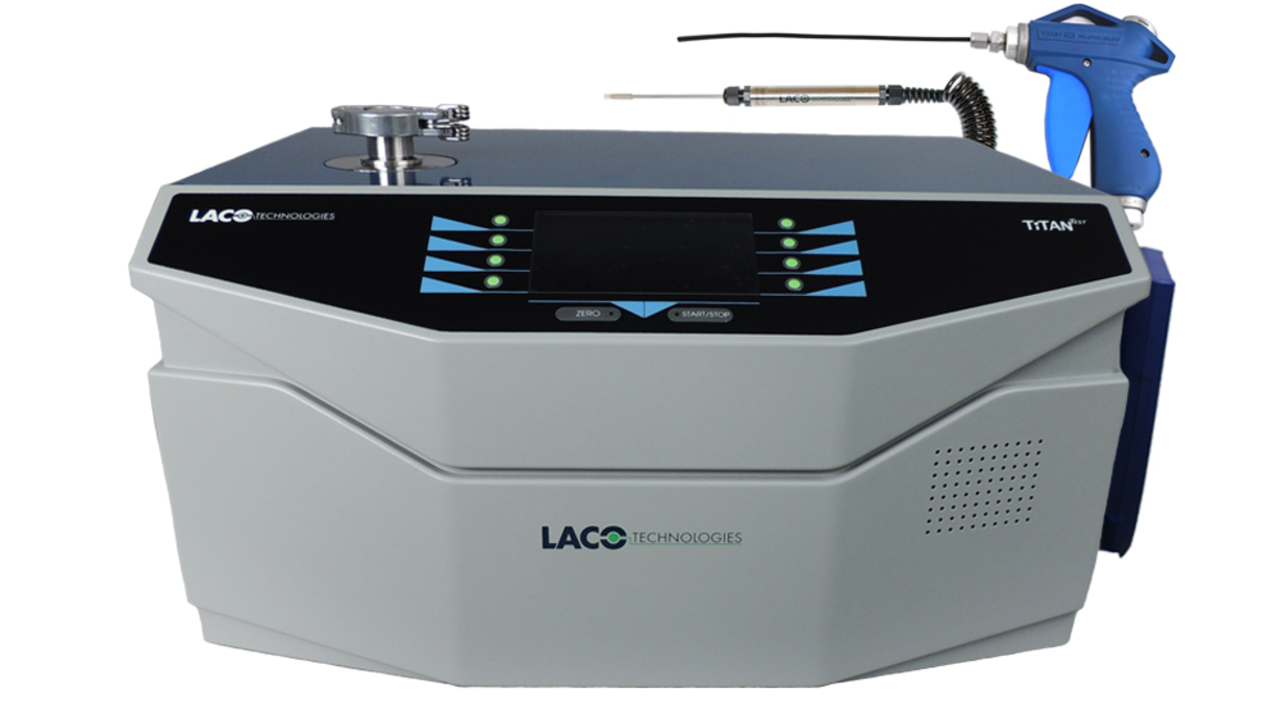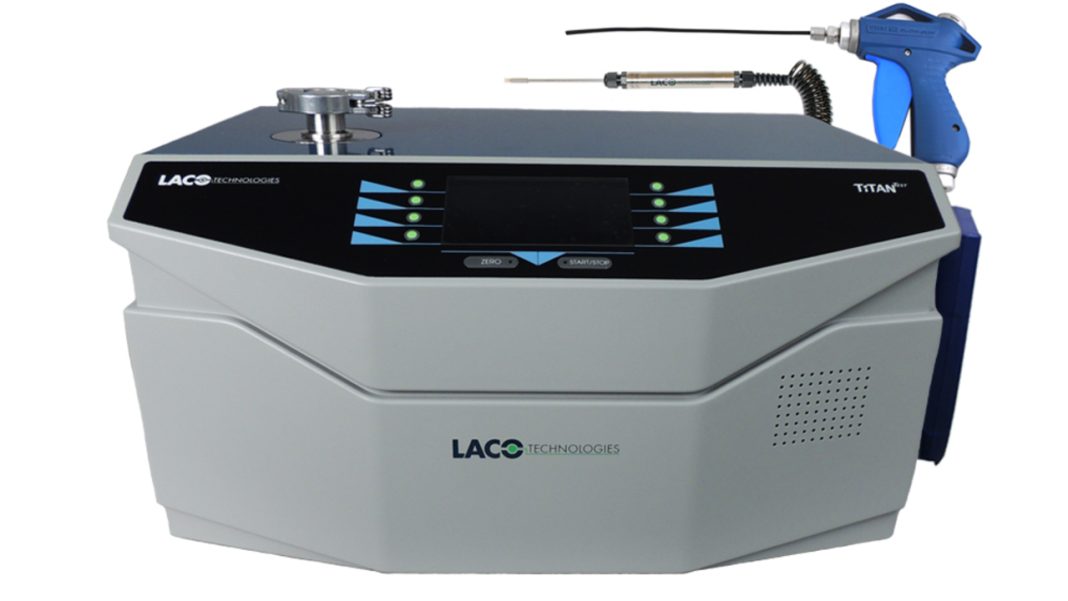 Boeing and NASA are making progress towards the launch of Boeing’s Starliner capsule, despite a “stable” leak in the spacecraft’s propulsion system. The leak, which has been identified and deemed manageable, is not considered a safety issue for the upcoming crewed launch. Mark Nappi, the Vice President of Boeing’s Commercial Crew program, stated during a press conference that they are comfortable with the causes of the leak and confident in their ability to handle it.
Boeing and NASA are making progress towards the launch of Boeing’s Starliner capsule, despite a “stable” leak in the spacecraft’s propulsion system. The leak, which has been identified and deemed manageable, is not considered a safety issue for the upcoming crewed launch. Mark Nappi, the Vice President of Boeing’s Commercial Crew program, stated during a press conference that they are comfortable with the causes of the leak and confident in their ability to handle it.
The first crewed launch of the Starliner capsule is now scheduled for June 1, with backup opportunities on June 2, June 5, and June 6. This mission, called the Starliner Crew Flight Test, is a crucial development test for the capsule and will involve transporting NASA astronauts to and from the International Space Station. This launch has been significantly delayed compared to SpaceX’s Dragon capsule, which has been regularly flying astronauts for NASA since 2020.
Boeing has faced numerous setbacks with the Starliner program, leading to significant costs. The company has already incurred $1.5 billion in expenses due to these setbacks, in addition to the nearly $5 billion in NASA development funds. Despite these challenges, Boeing remains committed to successfully launching the Starliner capsule and fulfilling its obligations under NASA’s Commercial Crew program.
The recent launch attempt was called off due to an issue detected with the Atlas V rocket, which is responsible for lifting the Starliner into orbit. The problematic valve in the rocket was replaced after the postponement. However, a small helium leak was subsequently identified in the Starliner capsule, prompting further assessments of its safety. NASA Associate Administrator Ken Bowersox explained that the complexity of the issue required additional time for analysis and collaboration between NASA and Boeing.
After thorough analysis, NASA and Boeing have determined that the source of the leak is a seal in one of the flanges of the spacecraft’s helium propulsion system. The leak rate has been observed to be stable and is being closely monitored leading up to the launch. NASA’s plan is to reassess the leak rate once the capsule reaches the International Space Station. Steve Stich, NASA’s Commercial Crew Program manager, expressed confidence in the other seals and emphasized that similar small helium leaks have been encountered in previous missions, including those of the Space Shuttle and SpaceX’s Dragon.
To address the helium leak issue, NASA, Boeing, and United Launch Alliance (ULA) will conduct another review on May 29. The rocket and capsule are scheduled to be rolled out to the launch pad on May 30 in preparation for the June 1 launch attempt. The teams remain optimistic and committed to resolving any remaining issues and successfully launching the Starliner capsule for its crewed mission.
In conclusion, despite the challenges and setbacks faced by Boeing in the development of the Starliner capsule, the company and NASA are working together to address the helium leak issue and proceed with the crewed launch. The safety of the astronauts remains a top priority, and the necessary assessments and precautions are being taken to ensure a successful mission. The Starliner capsule represents an important milestone in NASA’s Commercial Crew program and will contribute to the ongoing exploration of space.


